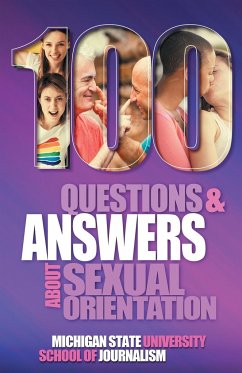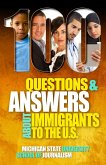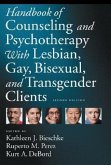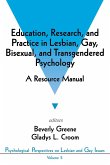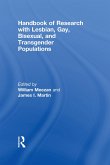This guide from the Michigan State University School of Journalism is designed to be a starting point for learning about gay, lesbian, bisexual, asexual, and other sexual orientations. It answers basic questions in order to facilitate deeper conversations and has sections on terminology, identity, relationships, families, health, safety, school, work, visibility, coming out, civil rights, politics and religion. The language of the guide is approachable and easy to understand. It is meant for both family and friends as well as for people in business, schools, places of worship, government, medicine, law enforcement, human resources and journalism. The guide suggests resources pursuing greater depth. The Bias Busters series is a great way to learn about your friends and neighbors. Questions include: How many sexual orientations are there? Does everyone fit into a category? Are bisexual and pansexual the same? What does heteronormativity mean? What about homonormativity? Why do some gay people say "queer" or "faggot?" What is intersectionality? What percentage of Americans identify as gay? Are gays more feminine and lesbians more masculine? Do gay and bi people have only gay and bi friends? Are people born gay? Can sexual orientation change? How is dating different in the LGB community?
Hinweis: Dieser Artikel kann nur an eine deutsche Lieferadresse ausgeliefert werden.
Hinweis: Dieser Artikel kann nur an eine deutsche Lieferadresse ausgeliefert werden.

